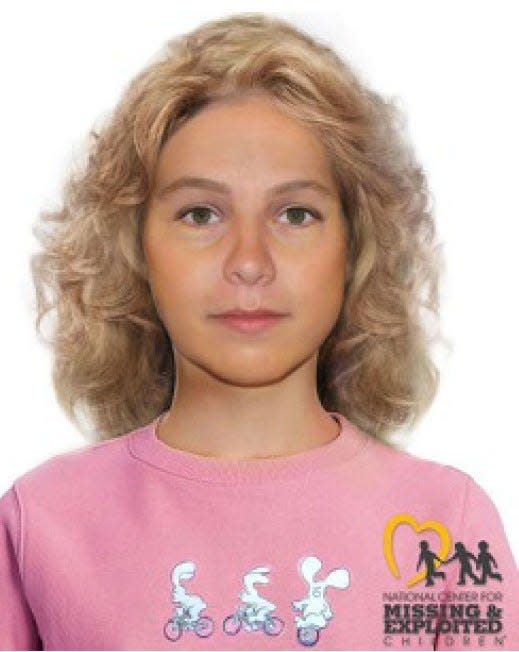A North Carolina woman was killed and left along the highway. 33 years later, she's been IDed
Authorities in North Carolina have identified the remains of a woman who they say was killed 33 years ago and left alongside an interstate.
The Orange County Sheriff's Office in North Carolina said in a Wednesday news release officers used a hair sample and a genealogist to determine the woman killed was 20-year-old Lisa Coburn Kesler of Georgia. Investigators believe that she was killed by strangulation in September 1990 and dumped her body a week later on Interstate 40 East near Exit 263 in North Carolina.
Dr. John Butts, who authored Kesler's death certificate in 1990, wrote she died from undetermined causes.
"Although law enforcement officers first used the emerging science of DNA to obtain a conviction in a criminal case in 1986, the forensic applications of DNA were still in their infancy in 1990 when Ms. Kelser was murdered," the sheriff's office wrote. "Although able to confirm someone’s identity or prove someone’s involvement in a crime, DNA could not be used to identify an unknown person."
The sheriff's office didn't immediately respond to USA TODAY's request for comment.
Genealogy leads to discovery in Cali: Investigative genetic genealogy links man to series of sexual assaults in Northern California

How did police identify Lisa Coburn Kesler?
The office said investigators interviewed possible witnesses and followed leads at the time, searching missing persons reports to learn who the identity of the then-Jane Doe. They later used facial reconstruction to build a model of Kesler's skull.
Her identity remained a mystery for years as officers used various digital illustrations and used social media to try to identify the unknown woman.
"When you can’t close a case, it gets under your skin. You might set the file aside for a while, but you keep coming back to it, looking to see something you didn’t notice before, or hoping information gathered in ensuing cases has relevance to your cold case," Sheriff Charles Blackwood said in the news release.
More: North Carolina woman lied about her own murder and disappearance, authorities say
Dylan Hendricks, an investigator with the sheriff's office, took over the case in 2020 and sent hair collected from the victim to Astrea Forensics, a DNA extraction company focused on identifying human remains. Hendricks later connected with forensic genealogist Leslie Kaufman to identify family members from genealogy databases and other tools.
Kaufman interviewed Kesler's paternal cousins, and DNA from a maternal relative helped to identify Kesler. The sheriff's office wrote the family hadn't heard from her in 30 years.
Little information is available on Kesler. The sheriff's office said she spent most of her life in Jackson County, Georgia, near Athens.
Medical Examiner Clyde Gibbs updated the National Missing and Unidentified Persons System to reflect the findings and close Kesler's case. The database is part of the U.S. Department of Justice and is used to connect missing persons cases to remains.
Family seeks answers: Cold case: 5 years after pregnant Chicago woman vanished, her family is still searching

Investigation turns to find possible suspect
With Kesler's remains identified, Blackwood said detectives are turning to possible murder suspects.
North Carolina doesn't have a statute of limitations on murder, and Blackwood said detectives will apply the same methods and "dogged determination" to identify a suspect.
“I am very happy we solved the three-plus-decades-old mystery of this young woman’s identity, and I hope it provides solace to her family members,” he said.
This article originally appeared on USA TODAY: Lisa Coburn Kesler identified as Jane Doe in 33-year-old cold case
